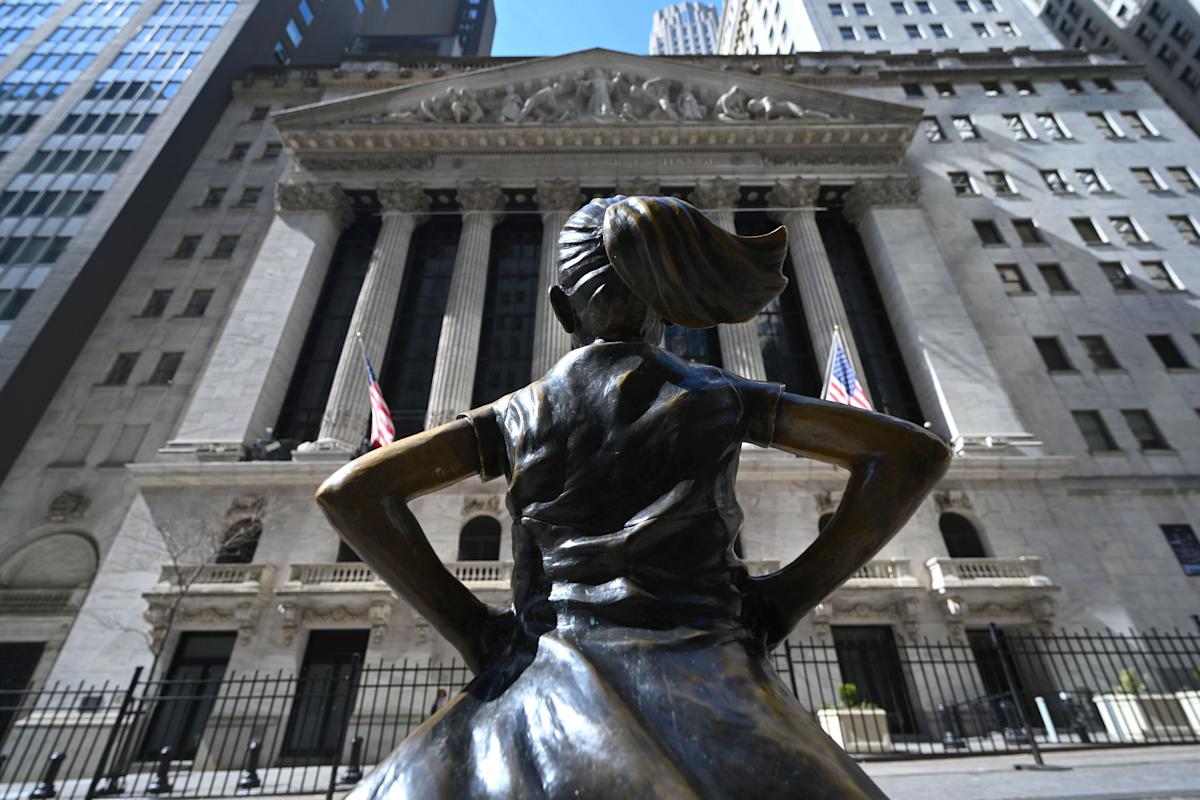Stocks rallied on Friday after September’s inflation report came in slightly better than expected. But on Main Street, the relief is harder to find.
The headline Consumer Price Index rose 3% from a year earlier, a tenth of a percentage point below estimates, giving the Fed some breathing room to press ahead with another rate cut next week. Core inflation eased to 3% year over year from 3.1% in August, the kind of progress policymakers and investors have been waiting for as signs emerge that price pressures in stubborn categories like housing and core services are finally starting to cool.
Read more: How jobs, inflation, and the Fed are all related
Still, economists urged caution on the optimism.
“The numbers are better than expected, but still well above the Fed’s target,” said George Bory, chief investment strategist for fixed income at Allspring Global Investments. “It’s a little premature to signal the all-clear.”
One reason why: While the market cheered the headline number coming in below expectations, the broader inflation picture remains uneven.
“Housing, shelter, and food all increased at a little bit slower pace than what we had penciled in, so it’s looking a little bit better,” Joe Brusuelas, chief economist at RSM, told Yahoo Finance. “But make no mistake about it, we’re still seeing services advance at a 3.6% year-over-year basis. Food is at a 3% year-over-year basis, and even transportation, which was down, is stuck at 1.7%.”
In other words, that optimism on Wall Street doesn’t match the reality on Main Street, particularly for lower-income consumers.
“Out there down-market, they’re going to be looking at this and saying, guys, you’ve lost your minds,” Brusuelas said. “Do you know what’s happening down-market to our cost of living? It’s rising.”
That disconnect is visible in the details. Beef and veal prices are up nearly 14% from a year ago, natural gas has climbed 8%, and electricity is up 5%. So while core inflation shows progress, households are still paying more for essentials.
“Wall Street gets very happy about low rates and liquidity,” Brusuelas added, “but out there, people are watching their grocery and utility bills rise.”
And even with inflation moderating in certain categories, the Fed’s path forward is anything but clear.
StoneX senior adviser Jon Hilsenrath noted that the central bank may have to make critical decisions with limited visibility as the ongoing government shutdown stalls most major data releases.
The CPI report, one of the few releases published during the shutdown after the Bureau of Labor Statistics recalled workers to complete it for Social Security calculations, offered the first clear read on the economy in weeks.


